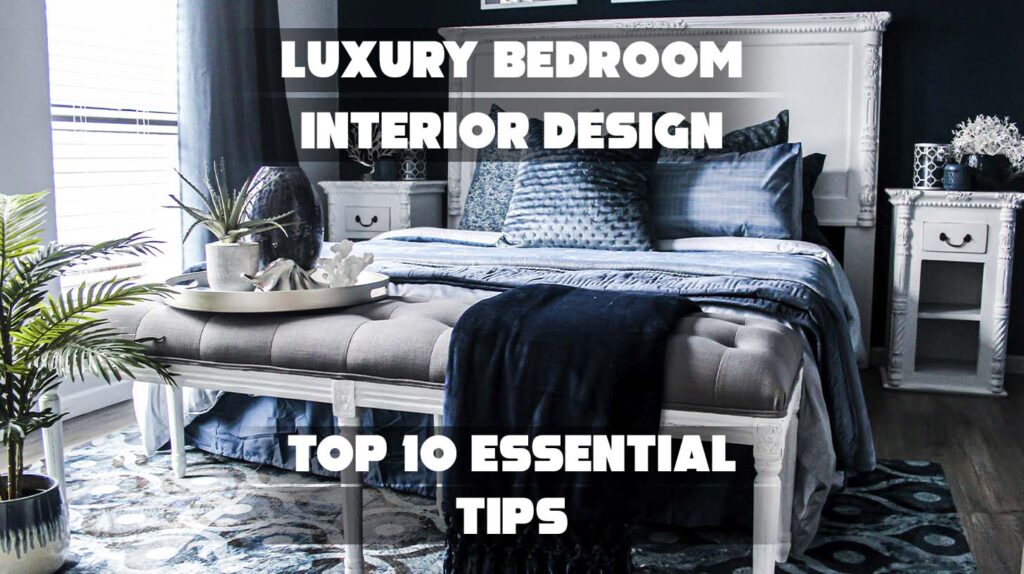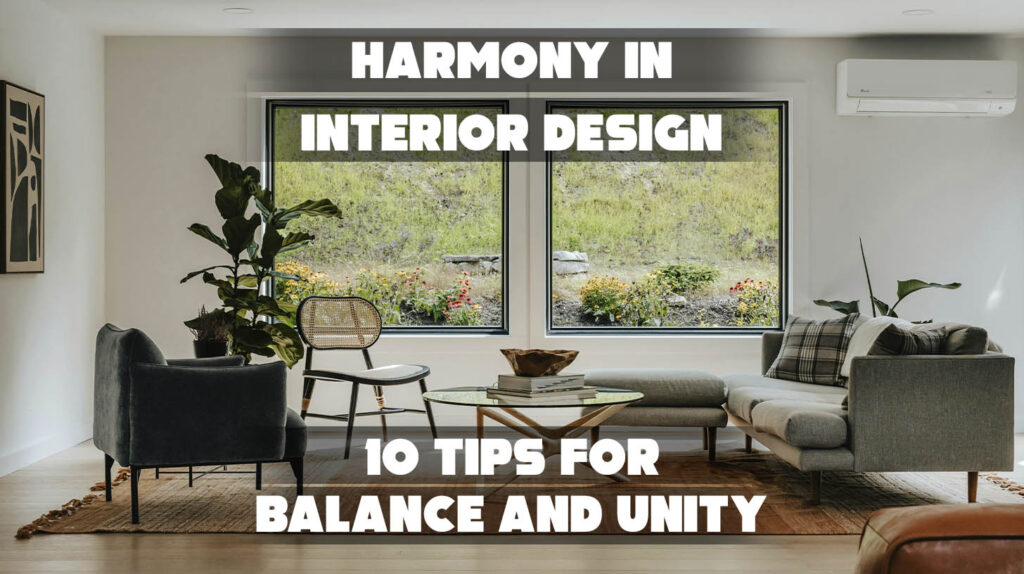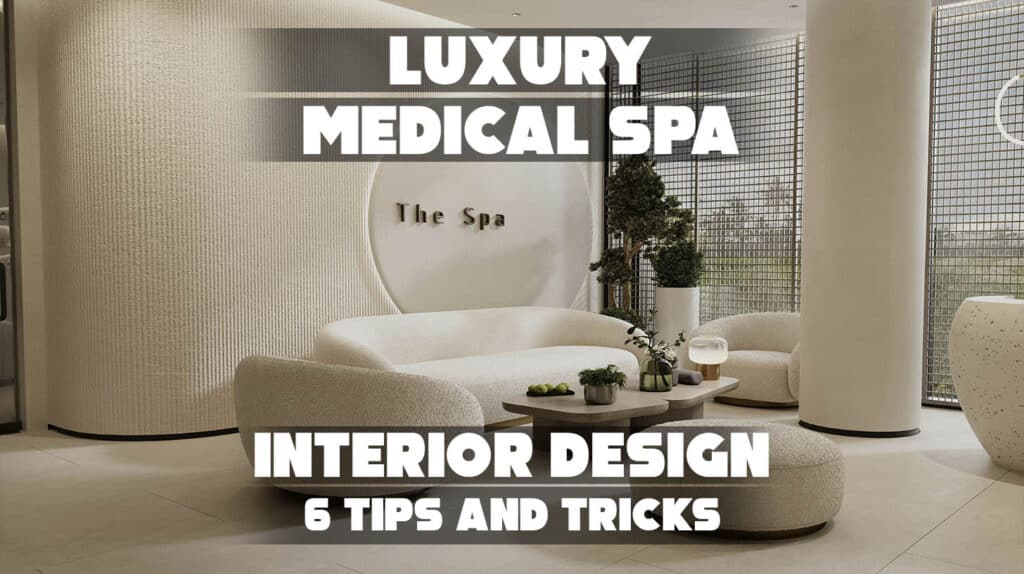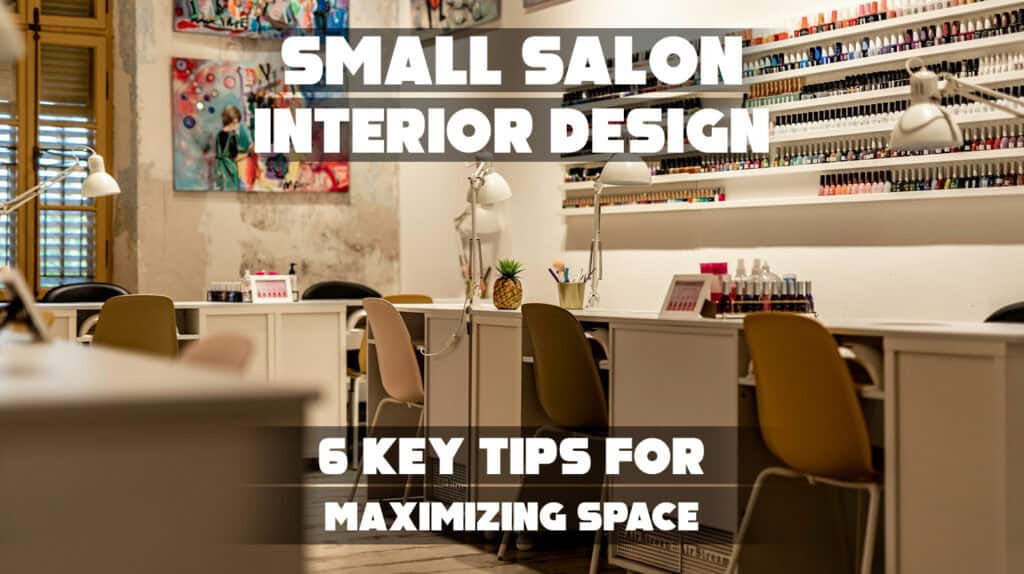Tired of interiors that feel outdated or overly trendy? You’re not alone. Many design lovers struggle to strike the right balance between timeless elegance and modern comfort in their homes.
If you’ve ever wished for a space that feels both sophisticated and livable, you’re the hero of this story—and this guide is tailored just for you.
As design experts, we understand the challenges of blending classic charm with contemporary style.
In this article, we’ll walk you through:
- The core principles of modern classic design
- How to select furniture, colors, and materials that last
- Using appropriate patterns, other geometric patterns, and soft furnishings to add depth without clutter
Keep reading to learn how to effortlessly transform your home into a space that’s both refined and fresh.
Get ready to experience a new level of style, comfort, and confidence in your interior choices.
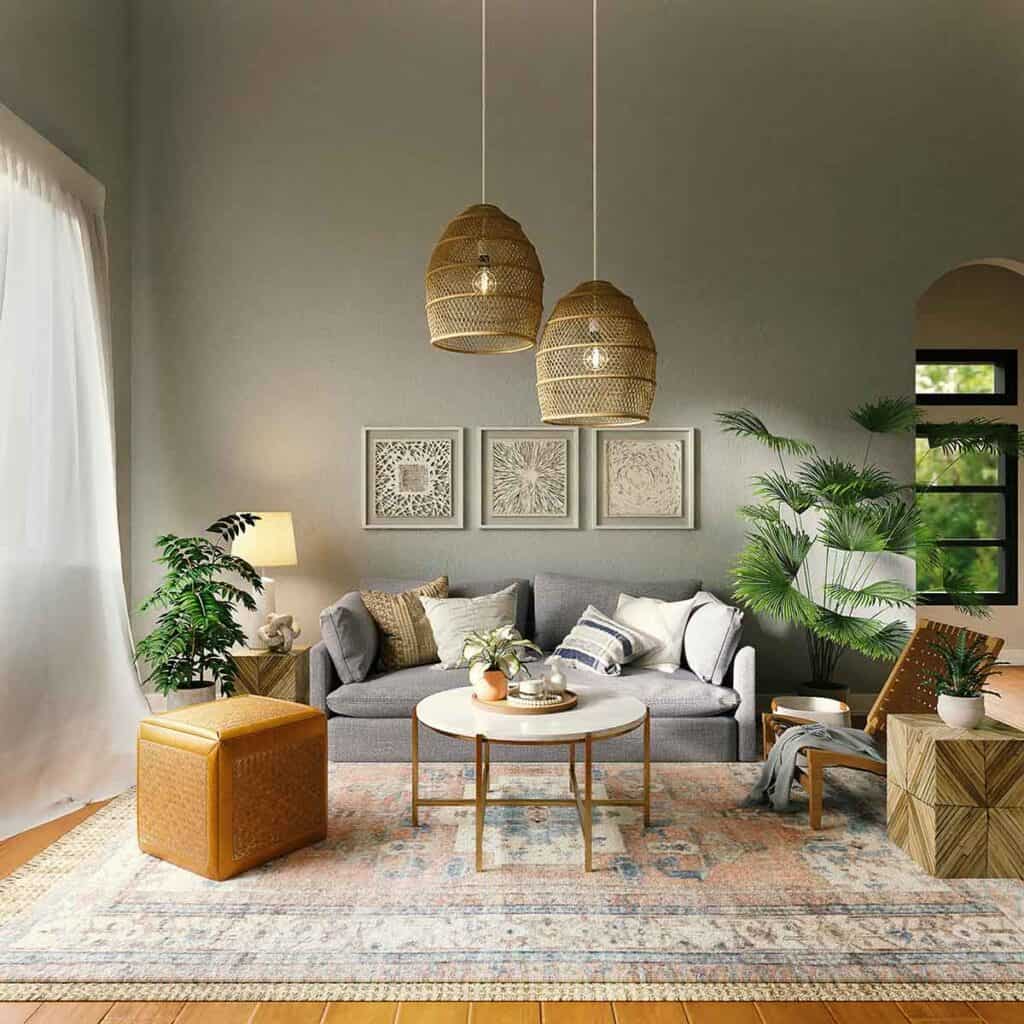
1. Core Principles of Modern Classic Interior Design
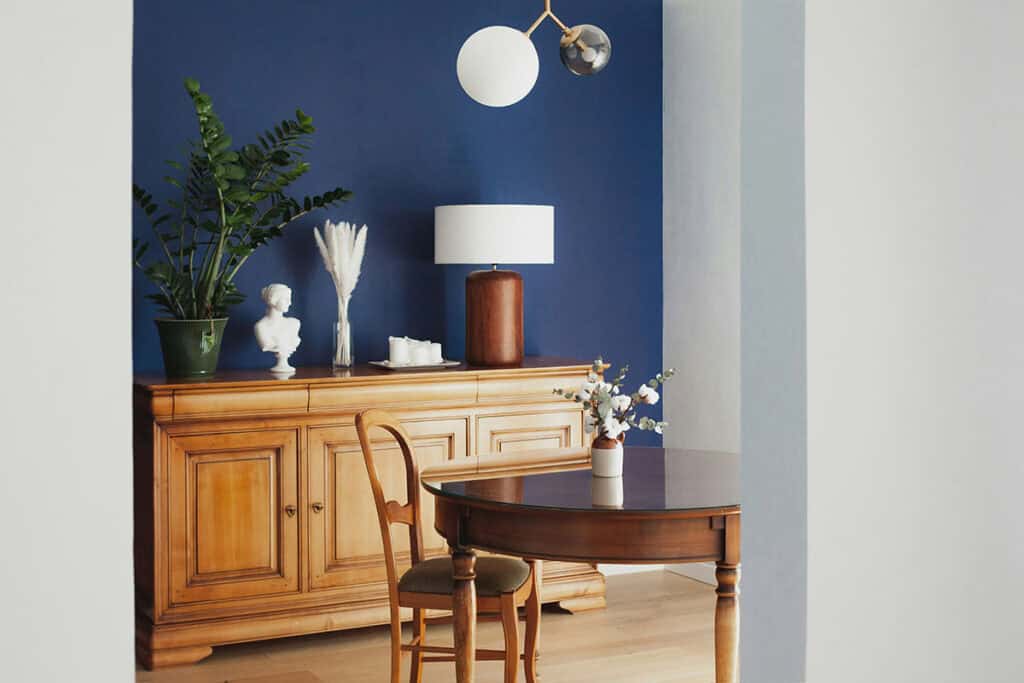
Modern classic interior design thrives on a careful balance of aesthetic elements. It prioritizes refined harmony and thoughtful use of color, form, and layout to create spaces that feel both timeless and current.
Blend of Tradition and Contemporary
Modern classic interiors combine traditional design details with contemporary elements. Furniture often features classic shapes but incorporates modern materials or finishes, creating a fresh yet familiar look. This balance ensures spaces feel elegant without being outdated.
Ornate moldings or paneling may appear alongside minimalist lighting and streamlined decor, blending textures and patterns from different eras. The result is a space that respects heritage while embracing modern design principles, offering both comfort and sophistication.
Emphasis on Balance and Symmetry

Balance and symmetry are essential to modern classic design. Arranging furniture and decor in matched pairs or mirrored layouts helps achieve visual harmony. This creates a sense of order and calm within a space.
Symmetrical placement of artwork, lighting, and furnishings supports an inviting and structured atmosphere. The design avoids excess clutter, instead focusing on proportionate elements that enhance the room’s flow and functionality.
Neutral Color Schemes

A neutral color palette defines modern classic interiors. Shades like soft beige, gray, cream, and muted whites form the foundation, promoting a calming and flexible backdrop.
These colors unify diverse materials and textures, from rich woods to polished metals. The restrained palette also emphasizes architectural details and furnishings, allowing subtle accent colors to add depth without overwhelming the space. This approach ensures rooms remain elegant and adaptable over time.
2. Key Elements and Materials in Modern Classic Interior Design

Modern classic interior design balances timeless craftsmanship with contemporary touches. It combines defined architectural features, refined furniture, and carefully chosen materials to create cohesive, elegant spaces filled with visual interest and practical use.
Architectural Details
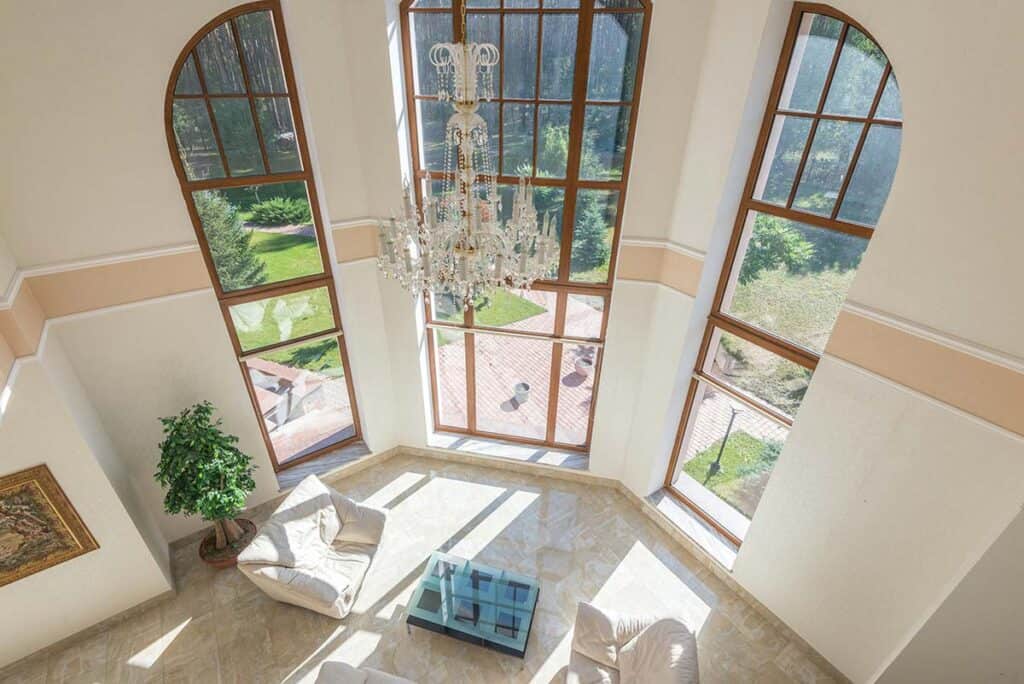
Architectural details in modern classic interiors often include symmetrical arrangements and clean lines paired with traditional moldings and trims. Crown molding, wainscoting, and paneled walls are used to add subtle texture and depth without overwhelming the space.
These elements establish structure and rhythm, especially in common areas like the dining room or living room.
Ceilings may feature simple coffered designs to introduce a sense of grandeur without clutter. Doorways and windows often incorporate classic proportions to maintain balance. The integration of contemporary flair appears in streamlined finishes and minimal embellishments, ensuring the architecture feels updated rather than outdated.
Furniture Selection

Furniture in modern classic interiors blends traditional forms with modern minimalism. Pieces usually emphasize clean silhouettes combined with luxurious fabric choices like velvet, silk, or high-quality leather. Seating often includes button tufting or gentle curves for subtle traditional character.
Key furniture items focus on functionality and style, with an emphasis on comfort in living and dining areas. Symmetry is important—matching chairs or sofas create a balanced visual flow.
The palette for furniture leans toward neutrals such as beige, gray, or deep blue-gray, sometimes highlighted with metallic accents like rose gold or silver to enhance sophistication.
Material Choices
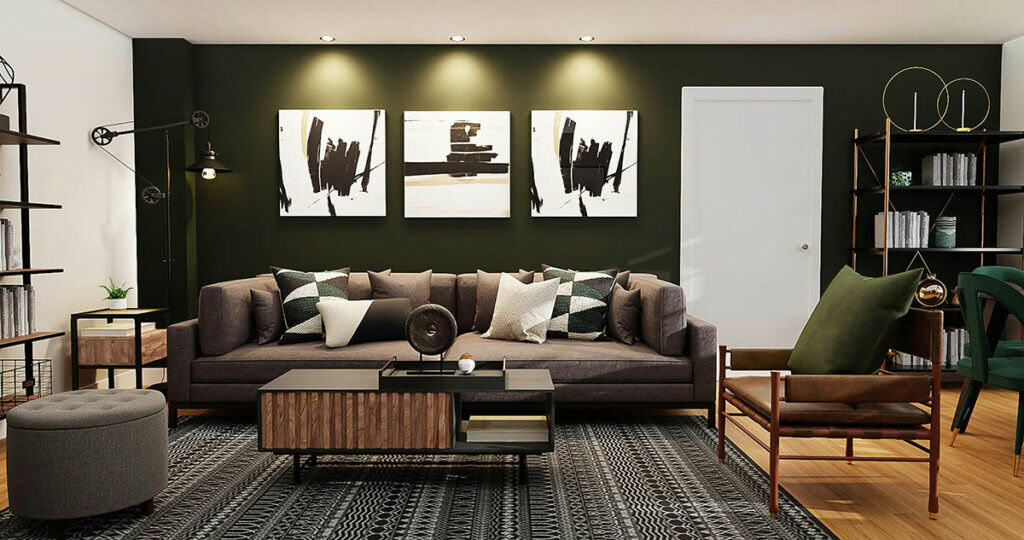
Materials are central to defining the modern classic style. Natural woods with smooth or matte finishes are common for flooring and furniture, providing warmth and authenticity. Luxurious textiles including silk curtains, wool throws, and leather upholstery introduce tactile richness.
Metallic finishes in silver and rose gold appear in fixtures or decorative accents, offering subtle glamour without dominating the space. Stone surfaces like marble or granite may be incorporated in countertops or tabletops to add durability and timeless appeal.
The color palette supports sustainability of style through soft neutrals—beige, brown, and muted grays—with occasional bold touches like black or blue-gray for contrast. This careful material and color selection enhances both the traditional and modern aspects of the design.
See also Modern Shingle Style Architecture
3. Color Palettes and Textiles in Modern Classic Interior Design

A balanced blend of muted and rich tones creates a timeless yet contemporary atmosphere. The choice of fabrics enhances texture, adding depth and subtle luxury to a space anchored in modern classic interiors.
Classic Tones and Accents

Modern classic design favors a neutral base palette, often featuring shades like soft grays, creamy whites, and warm beiges. These tones build a calm foundation.
Accents typically include deep blues, rich greens, and muted golds, adding sophistication without overwhelming the room. Wood tones, especially darker stains, are common to introduce warmth and tradition.
Color combinations aim to balance the crispness of modern design with the familiarity of classic interiors. The goal is to maintain elegance while supporting versatility for various furnishings and décor styles.
This thoughtful use of color supports a smooth blend between modern traditional elements and contemporary aesthetics, emphasizing harmony and restrained contrast.
Textile Choices

Textiles serve both functional and aesthetic purposes in modern classic interiors. Luxurious yet understated fabrics like velvet, silk, and linen are frequently chosen to reinforce an elegant feel.
Velvet, with its soft texture, works well for accent chairs and cushions, supplying richness in smaller doses. Linen offers breathability and natural texture, making it ideal for curtains or upholstery.
Classic textiles are selected to complement the color palette, often in solid tones or subtle patterns. This approach supports the clean, refined look typical of modern classic design.
Materials are also chosen for durability and comfort, ensuring the space is both practical and visually appealing. Mixing textures, such as pairing smooth silk with coarse linen, can add dimension while staying within the style’s parameters.
4. Art, Decoor, and Accessories in Modern Classic Interior Design
Video by Design Dossier
A modern classic interior uses art and accessories to create a style that balances timeless elegance with contemporary appeal. Each piece is carefully chosen to add sophistication and a sense of luxury without overwhelming the space.
Artwork and Wall Decor

Artwork in modern classic interiors often features minimalist but striking pieces that blend modern styles with classic themes. Black-and-white photography, abstract prints, or refined vintage paintings work well to inspire a sense of calm and elegance.
Frames are typically sleek, often in black, gold, or brushed metal finishes. They add to the polished look without detracting from the artwork itself. Large statement pieces or thoughtfully arranged smaller artworks create focal points while maintaining balance.
Wall decor is not crowded; instead, it reflects a curated approach. Mirrors with ornate or vintage-inspired frames appear frequently, increasing light and space while adding style. This maintains the room’s timeless charm and modern edge.
Decorative Objects

Accessories are essential in modern classic design but used sparingly to keep the space uncluttered. Decorative objects include elegant vases, sculptural pieces, and vintage-inspired items that evoke a sense of history and craft.
Materials like marble, brass, crystal, and porcelain are popular, lending a subtle luxury to rooms. Carefully placed books or unique collectibles add personality while maintaining a refined aesthetic.
In living and dining areas, the arrangement of decor aims to feel intentional and stylish, steering away from excess. This approach creates an inspired environment that is both comfortable and visually appealing, highlighting the intersection of modern and classic influences.
See also Postmodern Interior Design
Modern Classic Interior Design: A Recap
Modern classic interior design masterfully merges the elegance of traditional aesthetics with the clarity of contemporary sensibilities. Its enduring appeal lies in a careful balance—combining symmetry, clean lines, and refined details with a neutral palette, natural materials, and thoughtfully chosen furnishings.
This style celebrates both history and modernity, creating interiors that feel timeless yet current. By emphasizing quality craftsmanship, subtle luxury, and curated decor, modern classic spaces offer both comfort and sophistication.
Whether applied to a cozy home or a formal setting, this design approach delivers versatility, beauty, and a lasting sense of harmony.




